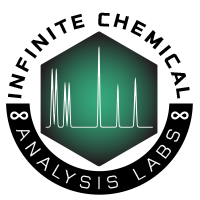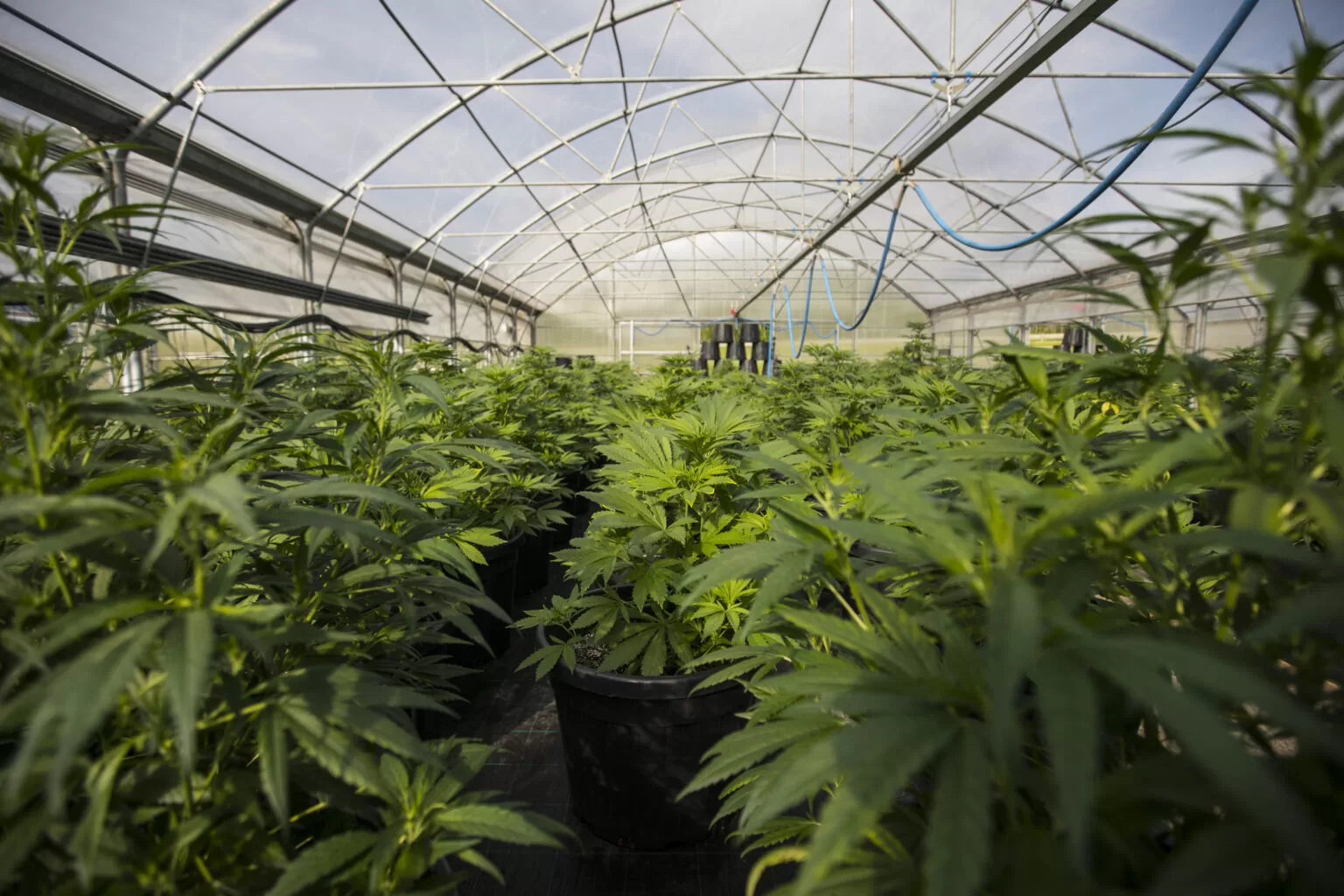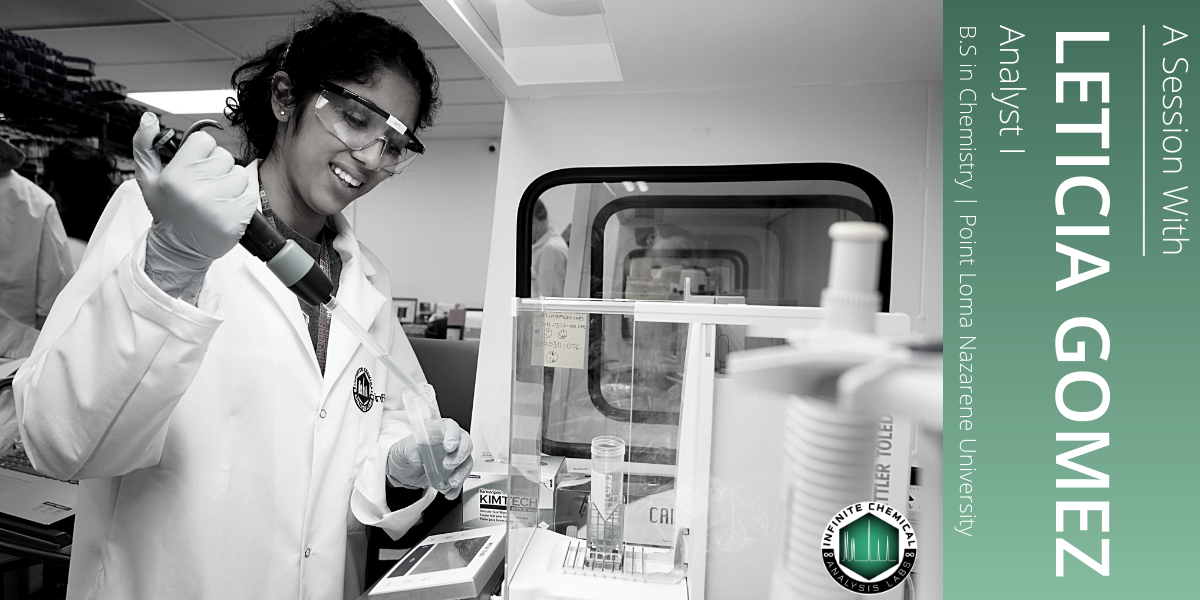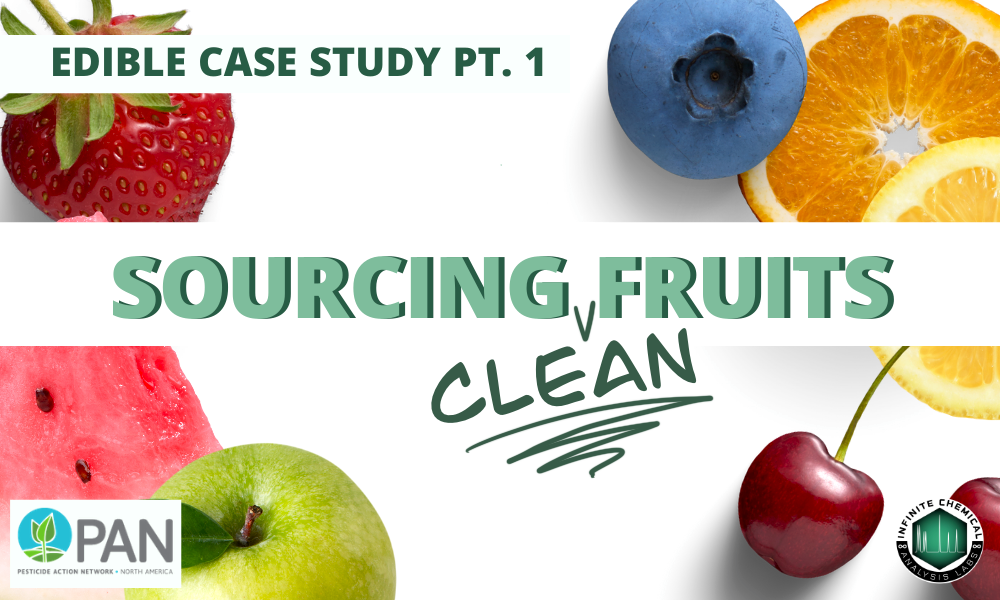We test for E. coli, Salmonella, and the four forms of Aspergillus required by the state. We also offer pH readings and custom microbial plating for aerobic bacteria, coliform, E. coli, and yeast and mold.
How to Spot Mold and Mildew on Your Products
Mold and mildew are fungi that thrive in moist environments with poor air circulation. While you may need a black light or lens to spot some types of mold, those that are visible to the naked eye may exhibit these characteristics:
- Dark spots or spores
- White, grey, yellow, or brown fuzz
- White, grey, or black web-like material
- Musty, urine or sweat-like smell
- Discolored roots
However, microbial organisms are not visible to the naked eye and may only be detectable by an accredited testing laboratory.
Types of Mold and Fungus You Really Don’t Want in Your Cannabis
Aspergillus
Aspergillus is a saprophytic fungus that aids in the removal of environmental carbon and nitrogen from the earth’s atmosphere. While it is most commonly found in untreated soil, its tiny spores can spread rapidly through the air. These spores are everywhere- it’s likely we breathe in hundreds of them every day. While there is usually no threat to healthy individuals, Aspergillus can be especially dangerous to those with compromised immune systems, damaged lungs, and/or allergies.
Immuno-compromised consumers can develop an invasive infection called aspergillosis when exposed to Aspergillus. Aspergillosis begins when the spores are inhaled through the mouth and into the lungs, where the fungus can take hold. Once the infection starts to grow it can cause serious bleeding in the lungs. Aspergillosis is capable of spreading impressively fast and often results in death, with little regard for how early the infection is observed by medical professionals. Although rare, there have been documented cases of healthy consumers developing an aspergillosis infection, the most recent occurring in 2016 in a cannabis user.
The danger posed to medicinal cannabis patients exists solely through the practice of ingesting cannabis by smoking, and inhaling, the product directly into the lungs through combustion. This is because the heat created through the combustion does not reach the approximate 200 degrees required to effectively eliminate Aspergillus spores. When these spores are inhaled directly into the lungs, they pose a serious risk of infection that oftentimes proves to be fatal.
Testing for Aspergillus Flavus, Aspergillus Fumigatus, Aspergillus Niger, and Aspergillus Terrus are only required for inhalable cannabis products for this reason.
E. coli
is a type of coliform bacteria that is expelled into the environment through animal or human waste. While most E. coli strains are harmless, others, such as shigatoxigenic Escherichia coli (STEC), are a major cause of lethal food-borne disease. According to the Centers for Disease Control and Prevention, an estimated 265,000 people in the United States are affected by STEC each year, resulting in approximately 3,600 hospitalizations and 30 deaths.
Cannabis crops are most often exposed to E. coli from contaminated water. Water can become contaminated by livestock or wildlife waste, and that fecal runoff can easily make its way into farming irrigation.
Salmonella
Like E. coli, Salmonella is a member of the Enterobacteriaceae family and is also one of the most common causes of foodborne infections in the United States. Salmonella can be transmitted by food and water, direct animal contact, and, rarely, from person to person. While salmonella is most commonly found in animal products such as beef, poultry, milk, and eggs, any food can become contaminated through cross-contamination, environmental contamination, or by the unwashed hands of handlers. Cannabis is also subject to salmonella contamination- back in 1981, the United States experienced its first documented cannabis-borne salmonella outbreak due to the use of manure when cultivating the plant overseas. Luckily most California cultivators know better than to use manure on their crops, but the salmonella test still stands for all cannabis sold for consumption in California.
How We Test for Microbial Growth
For our microbial testing, we use methods that involve quantitative polymerase chain reactions (qPCR) to determine the cleanliness of a product. When we first receive a sample, we thoroughly blend it up to achieve a true homogenous sample that can be used for any test done at our facility. For microbial testing, one gram of sample is needed to analyze for the three types of microbes we look for. Those three are Salmonella, Shiga toxin-producing E. coli (STEC), and Aspergillus. If any of these microbes are consumed, they could cause many health problems and risks, which is why we use qPCR to accurately and rapidly determine that our samples are microbe-free.
The process begins by adding a nutrient-rich broth to the sample, making it the perfect living conditions for any microbes present to grow after an incubation period. For Salmonella and STEC, a minimum of 18 hours is needed, while the mold Aspergillus needs at least a full 24 hours before testing can begin. The reason for the incubation period is to give the microbes enough time to grow and replicate because a single microbe on a sample does not yield enough DNA for any instrument to detect. After the samples are brought out of the incubator, we use validated methods to begin DNA extraction from each sample. After DNA extraction is complete, each sample is set onto a plate that the qPCR instrument will read and use fluorescence to verify the status of each sample.
The way the instrument reads the data is pretty fascinating. Every organism contains a specific DNA sequence that is unique to itself, and groups of organisms share specific traits that make each group of organisms unique from other groups. Scientists have been able to determine the DNA sequences that make Salmonella different from STEC, even though they’re both part of the Enterobacteriaceae family. During the PCR process, the DNA is removed from the plant and/or microbe cells replicates the DNA sequence in the instrument if present. Each time a specific sequence is replicated, it causes a little bit of fluorescence light to shine and the instrument can take pictures at various steps and determine how much of that DNA is in the sample.
Once complete, the instrument takes that data and turns it into a graph that shows the status of a sample and where it passes or fails, all within a couple of hours. With the best equipment and personnel at Infinite Chemical, we can confidently determine if a product is safe to consume.
Custom Microbial Plating
While the BCC requires microbial testing on all cannabis products sold for consumption, the results are recorded as “pass/fail”, depending on if any of the analytes were detected. Even trace amounts of shiga toxin-producing E.coli, Salmonella, or one of the 4 strains of Aspergillus can cause a sample to fail compliance.
InfiniteCAL offers custom microbial plating so cannabis and food and beverage manufacturers alike can better understand the potential for microbial growth in their products. We can test for aerobic bacteria, coliform, E. coli, yeast, and mold, and pH levels to estimate the total bacterial cell concentration within a sample.
If you have any questions about microbial testing or would like to test for a microbial not listed, please contact the lab at (858) 623-2740 or [email protected].




